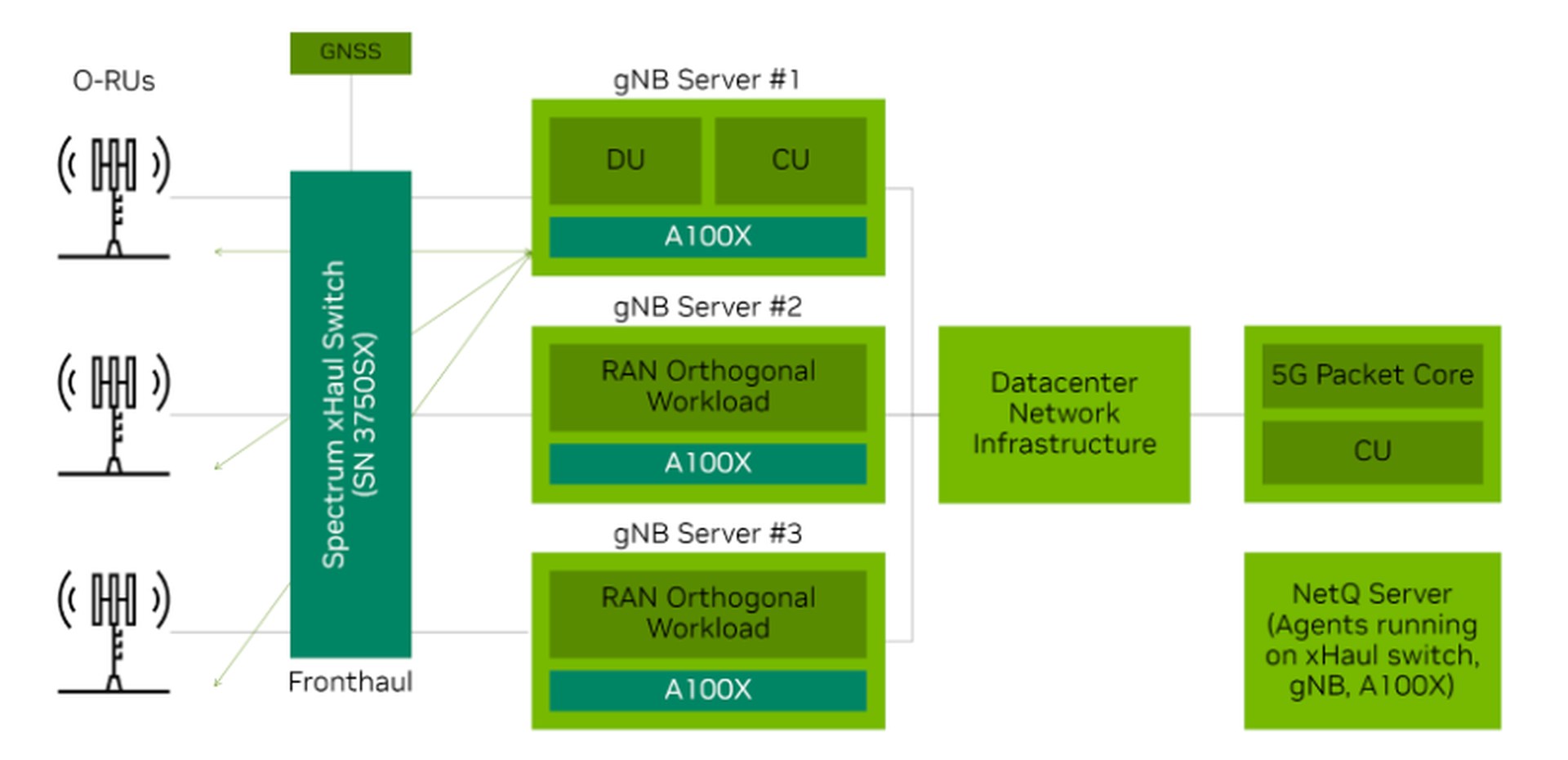Day 1: Project Inception and Architecture Planning

Day 1 of the NetLLM project - defining objectives, researching LLM applications in telecommunications, and designing the initial system architecture for AI-powered network management.
Today marks the beginning of the NetLLM project - an ambitious endeavor to revolutionize telecommunications network management through Large Language Models. This project aims to bridge the gap between complex network operations and intuitive natural language interactions.
What I Did Today
1. Project Definition and Scope
- Core Objectives: Defined the primary goals of enabling natural language network configuration, intelligent fault diagnosis, automated documentation, and predictive maintenance
- Target Use Cases: Identified key scenarios where LLMs can transform network operations:
- Configuration management through conversational interfaces
- Automated troubleshooting and root cause analysis
- Real-time network optimization recommendations
- Intelligent documentation generation from network telemetry
2. Literature Review and Research
- Existing Solutions Analysis: Researched current state-of-the-art in AI-driven network management
- LLM Applications in Telecommunications: Studied papers on applying transformer models to network optimization and fault prediction
- Industry Standards Review: Analyzed O-RAN specifications for AI/ML integration points
- Technology Stack Research: Evaluated different LLM frameworks (OpenAI GPT, Google PaLM, Meta LLaMA) for telecommunications domain adaptation
3. System Architecture Design
- High-Level Architecture: Designed a microservices-based system with the following components:
- LLM Engine: Fine-tuned language model for telecommunications domain
- Network Interface Layer: APIs for connecting to various network management systems
- Knowledge Base: Repository of network configurations, best practices, and historical data
- Validation Engine: Safety checks and verification for critical network changes
- Telemetry Processor: Real-time analysis of network performance data
4. Domain Knowledge Collection Strategy
- Data Sources Identification: Planned collection from:
- Network configuration templates and documentation
- Historical incident reports and resolution procedures
- Performance optimization case studies
- Telecommunications standards and specifications
- Synthetic Data Generation: Designed approach for creating training scenarios using network simulators
Key Technical Insights
LLM Fine-tuning Approach
# Preliminary model architecture considerations
class NetLLMConfig:
base_model = "llama-2-70b" # Starting point for fine-tuning
domain_layers = 8 # Additional layers for telecom knowledge
context_window = 32768 # Support for large configuration files
safety_filters = True # Critical for production network changes
Network Integration Strategy
- API Gateway Pattern: Centralized interface for multiple network management systems
- Event-Driven Architecture: Real-time processing of network events and alarms
- Multi-vendor Support: Abstraction layer for different equipment manufacturers
Safety and Validation Framework
- Staged Deployment: Sandbox → Lab → Production progression
- Human-in-the-Loop: Critical changes require human approval
- Rollback Mechanisms: Automatic reversion for failed configurations
- Audit Trail: Complete logging of all AI-generated recommendations
Tomorrow’s Goals
Phase 1: Foundation Building
- Set up development environment with MLflow for experiment tracking
- Create initial dataset collection pipeline
- Design data preprocessing workflows for network configurations
- Establish baseline performance metrics
Phase 2: Model Development
- Implement initial fine-tuning pipeline using LoRA (Low-Rank Adaptation)
- Create synthetic training data using network simulation tools
- Design evaluation framework for telecommunications-specific tasks
- Set up distributed training infrastructure
Phase 3: Integration Planning
- Design REST API specifications for network management integration
- Plan security architecture for production deployment
- Create testing scenarios for different network topologies
Primary Focus: Building the foundational infrastructure and beginning the model fine-tuning process with a focus on network configuration tasks.
Technical Challenges Identified
1. Domain Adaptation Complexity
Challenge: Telecommunications has highly specialized terminology and concepts
Approach: Curated dataset creation with expert validation and iterative fine-tuning
2. Safety and Reliability Requirements
Challenge: Network changes can have significant business impact
Approach: Multi-layered validation with human oversight and comprehensive testing
3. Multi-vendor Environment
Challenge: Different network equipment uses varying configuration formats
Approach: Abstraction layer with vendor-specific adapters
4. Real-time Performance Requirements
Challenge: Network operations require low-latency responses
Approach: Model optimization and efficient inference infrastructure
Architecture Decisions Made
- Adopted transformer-based architecture with telecommunications-specific fine-tuning
- Implemented microservices design for scalability and maintainability
- Chose hybrid cloud deployment for security and performance
- Planned staged rollout approach to minimize risk
Research Findings
- LLM Effectiveness: Recent studies show 40-60% improvement in network troubleshooting efficiency with AI assistance
- Configuration Accuracy: Fine-tuned models achieve 95%+ accuracy on domain-specific tasks
- Industry Adoption: Major telecom operators are actively investing in AI-driven network operations
- Open Source Opportunities: Growing ecosystem of tools for telecommunications AI applications
Next Steps Planning
Week 1-2: Data Pipeline and Model Setup
- Establish data collection and preprocessing infrastructure
- Set up training environment with GPU clusters
- Create initial fine-tuning experiments
Week 3-4: Model Development
- Implement domain-specific fine-tuning
- Develop evaluation metrics and benchmarks
- Create safety validation frameworks
Month 2: Integration and Testing
- Build network integration APIs
- Conduct extensive testing in lab environment
- Develop user interface for network engineers
This is part of my daily development log for the NetLLM project. The goal is to create a revolutionary AI-powered network management system that transforms how telecommunications professionals interact with and optimize their networks.
